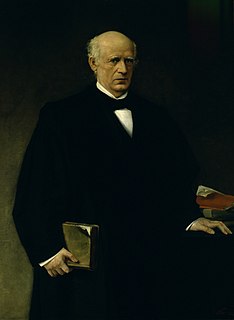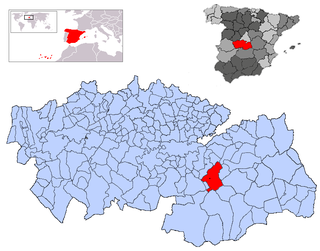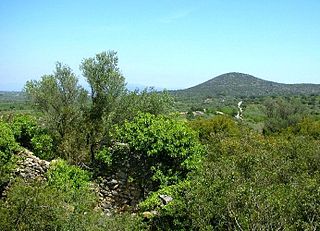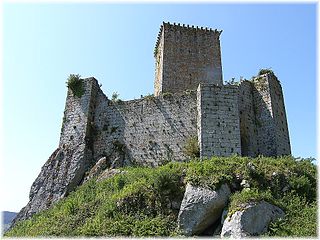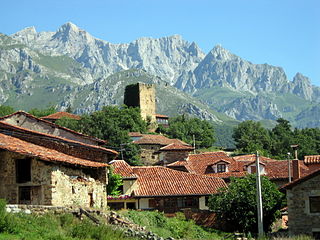Coordinates: 40°24′24″N3°41′21″W / 40.40667°N 3.68917°W

A geographic coordinate system is a coordinate system that enables every location on Earth to be specified by a set of numbers, letters or symbols. The coordinates are often chosen such that one of the numbers represents a vertical position and two or three of the numbers represent a horizontal position; alternatively, a geographic position may be expressed in a combined three-dimensional Cartesian vector. A common choice of coordinates is latitude, longitude and elevation. To specify a location on a plane requires a map projection.

The Puerta de Atocha was a gate in the city walls of Madrid (Walls of Philip IV). It owed its name to be located in the vicinity of the old hermitage, later Convento de Nuestra Señora de Atocha. It was demolished in 1850. Its location must exit to Paseo de las Delicias [1]

Madrid is the capital of Spain and the largest municipality in both the Community of Madrid and Spain as a whole. The city has almost 3.3 million inhabitants and a metropolitan area population of approximately 6.5 million. It is the third-largest city in the European Union (EU), smaller than only London and Berlin, and its monocentric metropolitan area is the third-largest in the EU, smaller only than those of London and Paris. The municipality covers 604.3 km2 (233.3 sq mi).
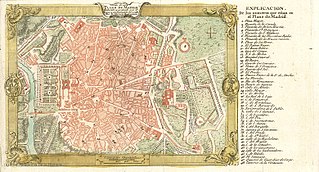
The Walls of Felipe IV surrounded the city of Madrid between 1625 and 1868. Philip IV ordered their construction to replace the earlier Walls of Philip II and the Walls del Arrabal, which had already been surpassed by the growth of population of Madrid. These were not defensive walls, but essentially served fiscal and surveillance purposes: to control the access of goods to the city, ensure the collection of taxes, and to monitor who went in and out of Madrid. The materials used for construction were brick, mortar and compacted earth.
It was added as part of the Walls of Philip IV in 1748, substituting the previous Puerta de Vallecas. [2] The last gate that was finally demolished in the mid-19th century was built by Ventura Rodríguez in 1769 on a program to improve several of the gates of Madrid, which also were built or improved the gates of Puerta de Alcalá and Puerta de Bilbao, the latter two by Sabatini. However, as described the Diccionario geográfico-estadístico de España y Portugal of López de Vargas and Miñano in 1826, the gate did not deserve "nor by its matter nor by its form, be one of the main of Madrid and was calling for the construction of a more dignified of the place [sic] in which it is located." [1]
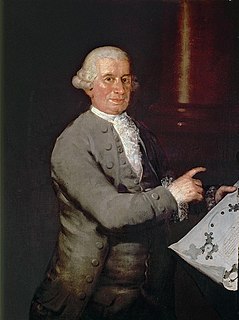
Ventura Rodríguez Tizón was a Spanish architect and artist. Born at Ciempozuelos, Rodríguez was the son of a bricklayer. In 1727, he collaborated with his father in the work at the Royal Palace of Aranjuez.

The Puerta de Alcalá is a Neo-classical monument in the Plaza de la Independencia in Madrid, Spain. It is regarded as the first modern post-Roman triumphal arch built in Europe, older than the similar monuments Arc de Triomphe in Paris and Brandenburg Gate in Berlin.
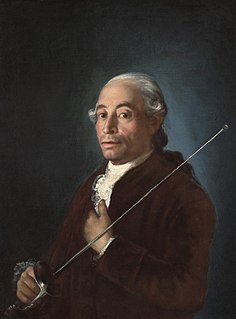
Francesco Sabatini, also known as Francisco Sabatini, was an Italian architect of the 18th century who worked in Spain.
The gate was demolished in 1850 to begin works on the Atocha railway station [3] in 1992, was given to the station the name of Puerta de Atocha to the new terminal of Alta Velocidad Española in honor of the missing gate.
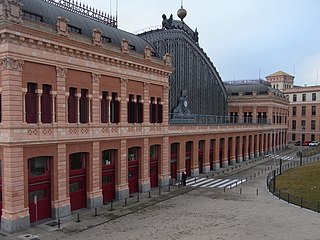
Madrid Atocha is the largest railway station in Madrid. It is the primary station serving commuter trains (Cercanías), intercity and regional trains from the south, and the AVE high speed trains from Barcelona (Catalonia), Zaragoza (Aragon), Sevilla (Andalusia), Málaga (Andalusia), Valencia and Alicante. These train services are run by the Spanish national rail company, Renfe. As of 2018, this station has daily services to Marseille in France.

Alta Velocidad Española (AVE) is a service of high-speed rail in Spain operated by Renfe, the Spanish national railway company, at speeds of up to 310 km/h (193 mph). Alta Velocidad Española translates to "Spanish High Speed", but the initials are also a play on the word ave, meaning "bird". As of August 2017, the Spanish AVE system is the longest HSR network in Europe with 3,240 km (2,010 mi) and the second longest in the world, after China's.

